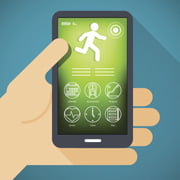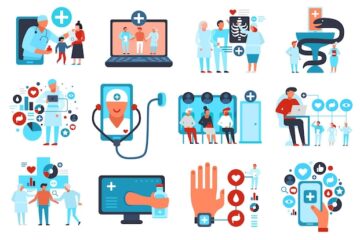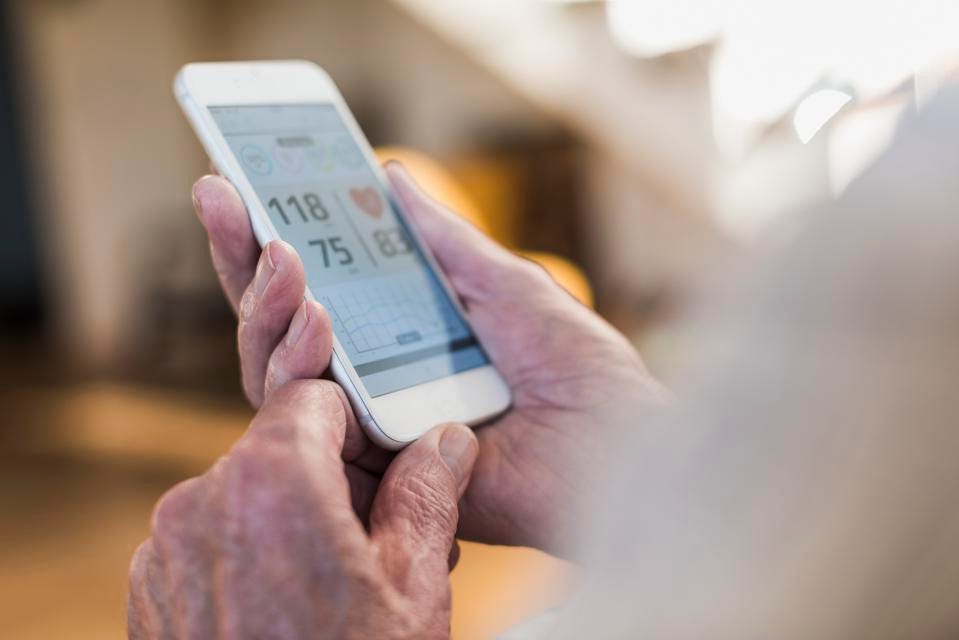Contents
With users presenting modest interest in mHealth tools, the stage may be set for developers to rework these technologies to help boost patient engagement.
Patient engagement strategies may benefit from strong consumer interest in mHealth tools and growing opportunities for intelligent health management technologies. According to a survey by communications firm Ketchum, the rise of mHealth apps and devices could give providers more opportunities to involve patients in their own care.The survey of 2,000 patients reveals that 58 percent of respondents use mHealth messaging to communicate with their providers
.
Nearly half (47 percent) are using mHealth to track their own health through fitness trackers and nutrition apps. Eighty-seven percent of those respondents use the app at least weekly.
According to the survey’s authors, these results point to a shift toward consumer technology use, primarily driven by smartphone adoption. While mHealth use rates are not overwhelming, these numbers show that the trend may be catching on, says Ketchum’s Executive Vice President Lisa Sullivan.
“This study points to a shift in people’s attitudes and readiness to use technology to manage their health,” said Sullivan, who is also the leader of technology practice at Ketchum.
mHealth is likely to continue to grow in popularity, Sullivan explained, leaving providers and technology developers to determine how best to target the tools toward patients for robust adoption.
Providers may be able to take this opportunity to educate their patients on the benefits of mHealth, as 51 percent of respondents said they are willing to learn more about how to use mHealth to engage in their care.
The survey also revealed areas where mHealth can grow as a patient engagement strategy.
Image sharing may be one area for growth, the survey shows. Twenty-four percent of respondents reported sharing an image with their providers via mHealth technology.
Artificial intelligence in patient engagement may be another target for fostering patient engagement. Thirty-nine percent of respondents reported that they would be comfortable using artificial intelligence for healthcare purposes, and thirty-one percent are interested in using these tools, such as Siri, to track their health or answer questions about common issues like medication administration.
However, fewer patients (18 percent) are interested in artificial intelligence to receive medical advice, and barely any (nine percent) would use artificial intelligence to receive therapy.
Patient satisfaction is another potential barrier. Twenty-four percent of respondents said their fitness tracker has made them feel bad about themselves, and 21 percent reported that they stopped using it.
Ultimately, patients are still looking for a personal, face-to-face interaction in healthcare. While 58 percent did report using mHealth to communicate with their providers, 63 percent said they prefer in-person patient-provider communication.
Other research shows that mHealth apps may face more barriers when it comes to improving patient engagement. According to a data brief from the Commonwealth Fund, not all mHealth apps are designed to actually boost patient engagement.
The study investigated patient-facing apps available in the Apple and Android app stores, grading them on four criteria: having engaging media, being relevant to the targeted health condition, having positive user reviews and recent updates, and overall usability.
According to the researchers, few apps met these criteria. In the Apple app store, 43 percent of patient-facing health apps were deemed useful. Twenty-seven percent of apps in the Android store were deemed useful.
mHealth’s questionable popularity with providers may serve as another barrier. While some providersbelieve mHealth is a promising alternative for improving patient health, others are unlikely to recommend mHealth to their patients.
According to a 2015 Quantia survey, 20 percent of providers add mHealth into a patient’s treatment plan. Because mHealth is so new to the market, there are few regulations ensuring patient safety, making both patients and providers apprehensive about adoption.
Because the jury is still out on mHealth’s effectiveness in patient engagement, the stage may be set for further mHealth innovation, says Sullivan from Ketchup.
“With U.S. smartphone adoption at 68 percent, now is the time for businesses that have a stake in the healthcare industry to push to develop approachable, intuitive mobile tech offerings that help the ever-increasing mobile user population improve something as personal and important as their health,” Sullivan urged.
[Source:-Patient Engagement]




